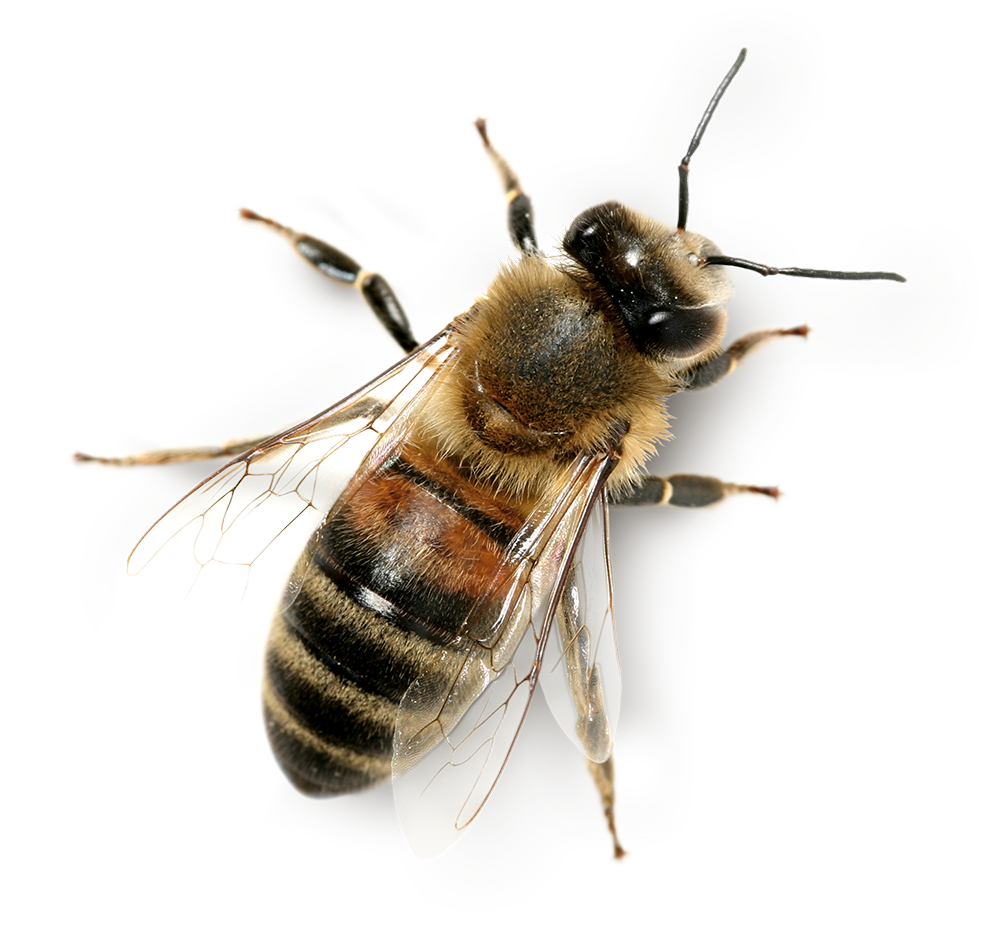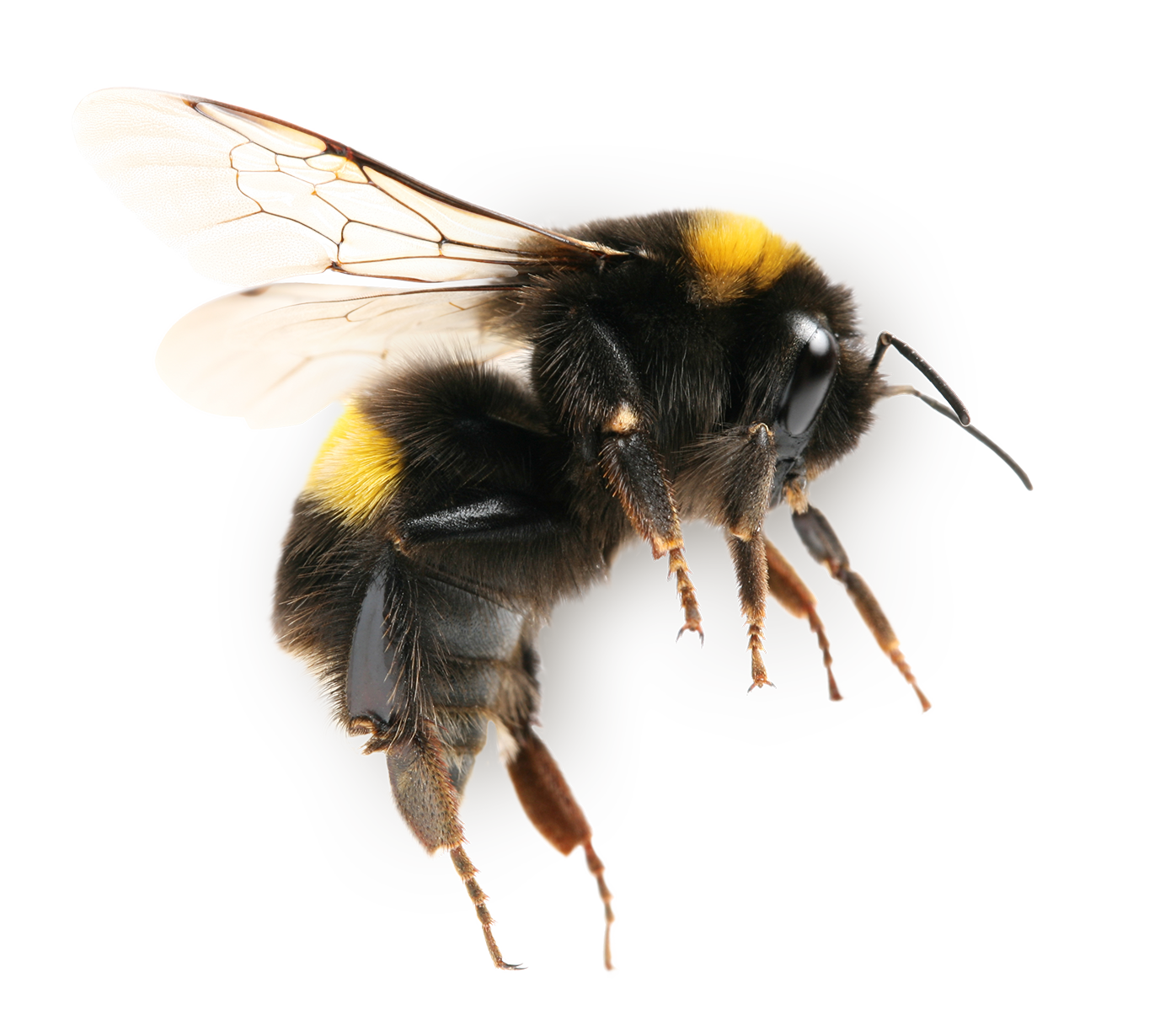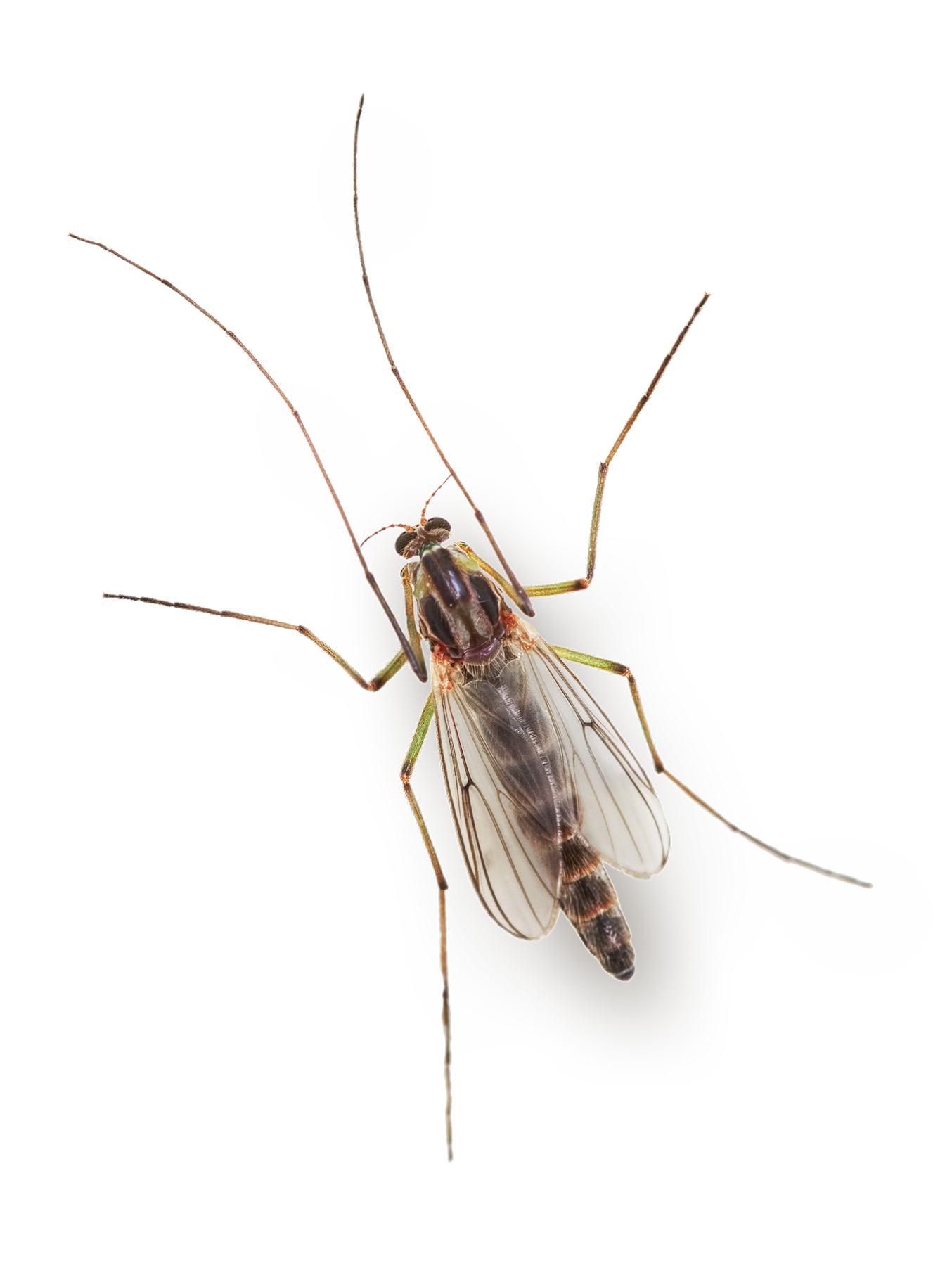
A Happy Accident: Adaptation and Diversity in Plant Pollination
Though pollen is a nuisance for seasonal allergy sufferers, it plays an important role in food production and our ecosystem. Learn more about the process of pollination in its many forms.











